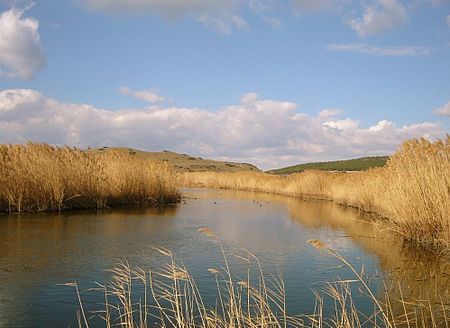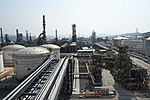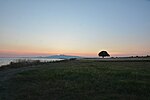Myrina (Aeolis)
Aeolian dodecapolisAliağa DistrictAncient Greek archaeological sites in TurkeyCatholic titular sees in AsiaCommons category link is locally defined ... and 7 more
Former populated places in TurkeyGreek city-statesGreek colonies in MysiaHistory of İzmir ProvinceMembers of the Delian LeaguePopulated places in ancient AeolisRoman towns and cities in Turkey

Myrina (Ancient Greek: Μυρίνα) was one of the Aeolian cities on the western coast of Mysia, about 40 stadia to the southwest of Gryneion. The former bishopric is now a Latin Catholic titular see. Its site is believed to be occupied by the modern Sandarlik at the mouth of the Koca Çay, near the town of Aliağa in Izmir Province, in the Aegean Region of Turkey, near Kalavas(ar)i.
Excerpt from the Wikipedia article Myrina (Aeolis) (License: CC BY-SA 3.0, Authors, Images).Myrina (Aeolis)
Geographical coordinates (GPS) Address Nearby Places Show on map
Geographical coordinates (GPS)
| Latitude | Longitude |
|---|---|
| N 38.845277777778 ° | E 26.984444444444 ° |
Address
35800
Turkey
Open on Google Maps




